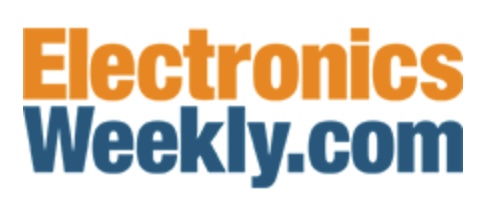The market is projected to exceed $79.4 billion by 2030, with a CAGR2024-2030 of 9.5%, a recovery cycle driven by AI and high-performance demand.
Telecom & infrastructure is the fastest-growing segment with a +14.9%CAGR between 2024 and 2030, powered by AI accelerators, GPUs, and chiplets.
Mobile & consumer electronics remains the largest market, accounting for ~70% of 2024 revenues.

The 2024 ranking of the advanced packaging suppliers saw IDMs leading the market with Intel, Sony, Samsung, YMTC, and SK Hynix, followed by OSATs and the leading foundry TSMC.
From 2024 to 2025, the advanced packaging market reinforced its strategic role across markets. Once confined to specific high-end applications, it is now a mainstay of mass adoption in consumer electronics and an enabler of emerging markets, including AR/VR, edge AI, aerospace, and defense.
This momentum is powered by AI accelerators, GPUs, cloud and data center demand, and chiplet-based architectures. As system complexity rises, advanced packaging technologies such as CoWoS, SoIC, EMIB, I-Cube, and 3D stacking provide the performance and integration levels required by hyperscale

“Advanced packaging has reinforced its role as a cornerstone within the semiconductor value chain, reshaping not only mass markets but also highly sensitive domains,” says Yole’s Bilal Hachemi, “its trajectory reflects a portfolio expansion designed to enable a wide spectrum of industries.”
A wave of unprecedented investments have shaped the advanced packaging industry:
TSMC ramped CoWoS capacity after acquiring a facility from Innolux in Taiwan and is also scaling SoIC.
ASE, Amkor, and Intel boosted U.S. capacity in line with CHIPS Act incentives, aligning with customer needs from NVIDIA and Apple.
Unisem and MPI expanded in Malaysia and Vietnam to avoid China–Taiwan tensions and reduce logistics costs.
Forehope, Lingsen, and ChipMOS reinforced their strong mainland China positions, investing heavily in automation and customer clustering.
JCET announced a $1.5 billion investment to strengthen domestic AP capabilities.
In Nanjing, HT-Tech launched a second-phase expansion worth 10 billion yuan, about $1.4 billion.
Tongfu Microelectronics announced a 7.5 billion yuan (~$1.0 billion) advanced packaging project targeting flip-chip, multi-layer stacking, WLP, and PLP, with completion planned by 2029.
Across Jiangsu, Hubei, and other regions, at least seven new advanced packaging fabs are under construction in China, signalling a long-term push for independence and capacity scaling.
“We are witnessing the start of a new cycle for advanced packaging,” says Hachemi, “market leaders are reshaping their strategies with major investments and alliances to secure growth across consumer, AI, and infrastructure markets.”.
For example, collaboration has become a defining factor for advanced packaging success.
Overflow partnerships between TSMC, ASE, and Amkor, Intel’s EMIB assembly collaboration with Amkor, and regional consortia highlight the necessity of shared innovation.
And for disruptive technologies such as CPO , robust collaboration is essential to overcome material and equipment barriers.
The supply chain is moving toward resilient, regionalised, and vertically integrated ecosystems, reducing reliance on global volume-centric sourcing.
Advanced packaging is no longer an optional innovation; it is the foundation of semiconductor growth.
